Aligners

Met geavanceerde software zorgen we voor gepersonaliseerde, digitale behandelplanning waardoor we het eindresultaat vooraf kunnen tonen.
Overzicht
Je vervangt de aligners elke 10 dagen tot twee weken, waardoor je tanden geleidelijk naar de gewenste positie verschuiven. Dankzij recente ontwikkelingen kunnen zelfs grotere tandheelkundige afwijkingen worden gecorrigeerd.

Kenmerken en Voordelen
Attachments zijn kleine, tandkleurige bolletjes lijm die op je tanden worden bevestigd. Ze zijn ontworpen om extra drukpunten te bieden voor de aligner. Het aantal en de plaatsing van attachments hangt af van de gewenste verplaatsing van de tanden.
In bepaalde situaties kan de orthodontist ervoor kiezen om ruimte tussen je tanden te creëren. Dit is nodig om alle tanden correct uit te lijnen en ervoor te zorgen dat de boven- en ondertanden goed op elkaar aansluiten wanneer je dichtbijt.
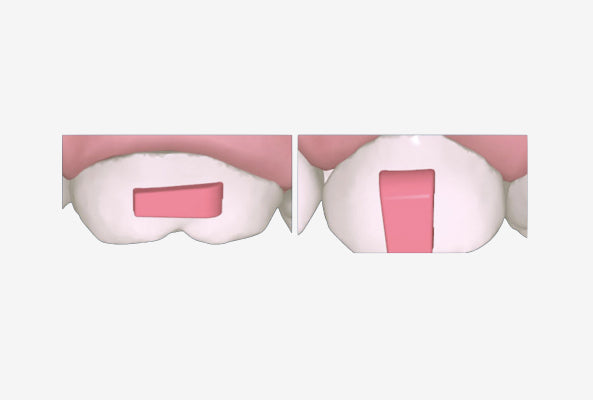
Stap-voor-stap plan
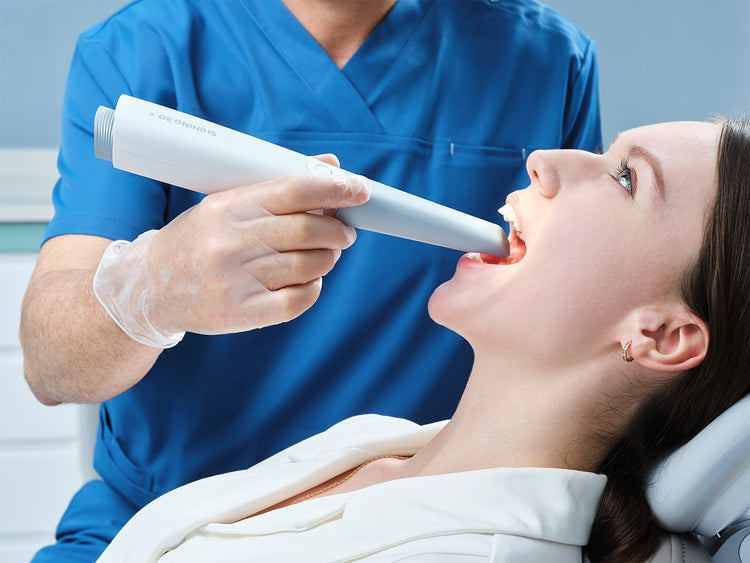
Consultatie met tandarts + scan van tanden
Er wordt een digitale scan van je tanden gemaakt met een orale scanner. De orthodontist beoordeelt vervolgens of je tanden geschikt zijn voor aligner behandeling.
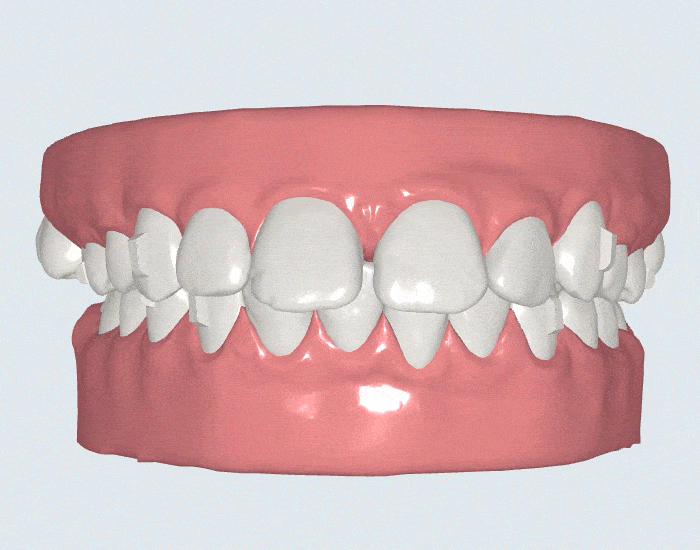
Behandelplan + 3D simulatie
De orthodontist stelt het behandelplan op, dat met de patiënt wordt besproken. Na akkoord wordt een 3D simulatie gemaakt voor het bestellen van de beugels.
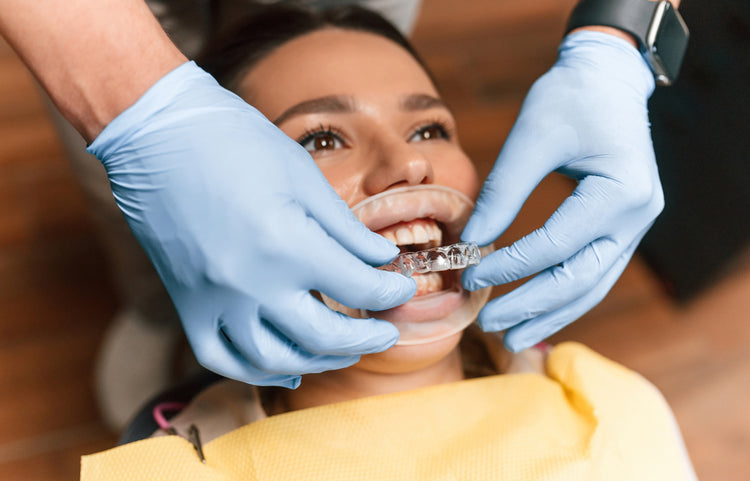
Plaatsing aligners
De beugels worden geplaatst bij de tandartspraktijk, waar je ook uitgebreide instructies ontvangt. De eerste controle is meestal na 4 tot 8 weken.
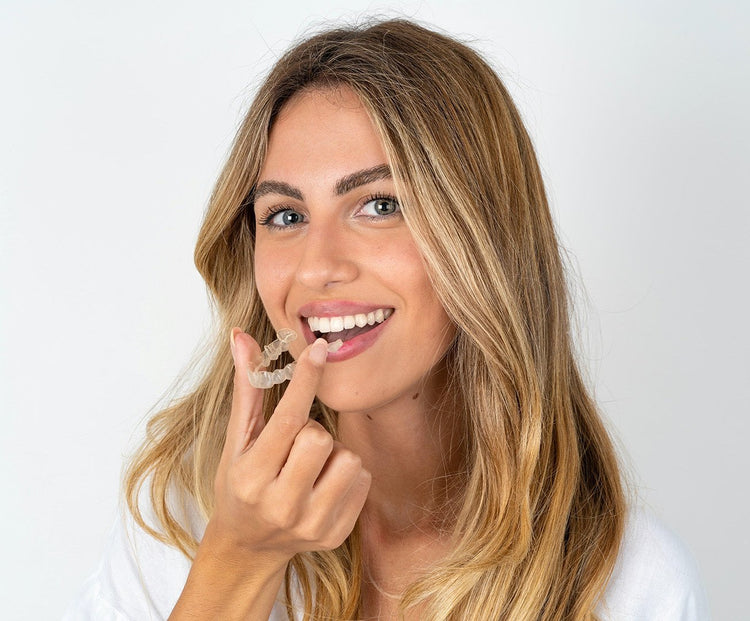
Draag je aligner
Ze zijn allemaal verschillend en moeten in een specifieke volgorde worden gedragen. Elke aligner moet 10 dagen tot twee weken worden gebruikt. Je kunt een aligner uitnemen om te eten of te poetsen, maar verder moet je er eigenlijk altijd een dragen tijdens het behandelproces.
Behandelmogelijkheden
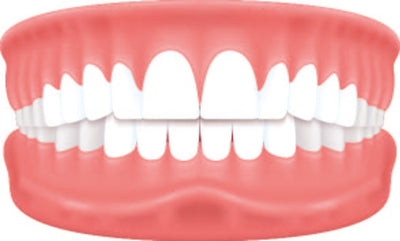
Overbeet
Boventanden sluiten voor ondertanden.
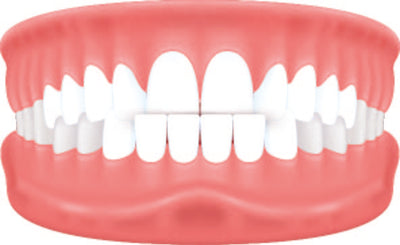
Onderbeet
Ondertanden steken voor de boventanden uit.
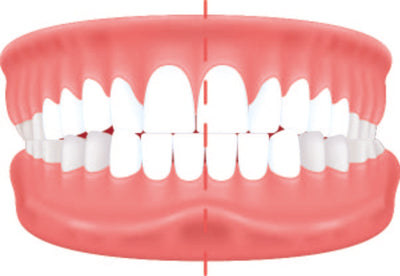
Kruisbeet
Boven- en onderkaak zijn niet uitgelijnd.
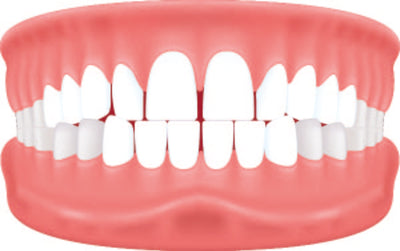
Diasteem
Extra ruimtes tussen tanden.
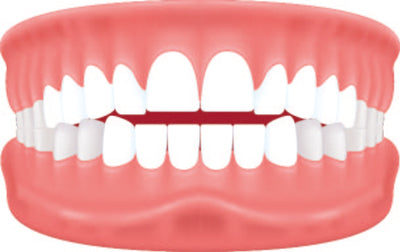
Open beet
De boven- en ondertanden raken elkaar niet.
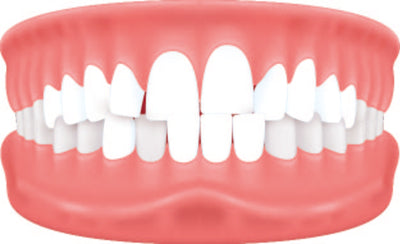
Tanden te dicht op elkaar
Er is niet genoeg ruimte in de kaakboog voor de tanden om normaal te passen.
